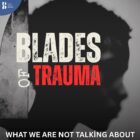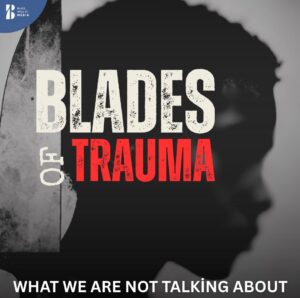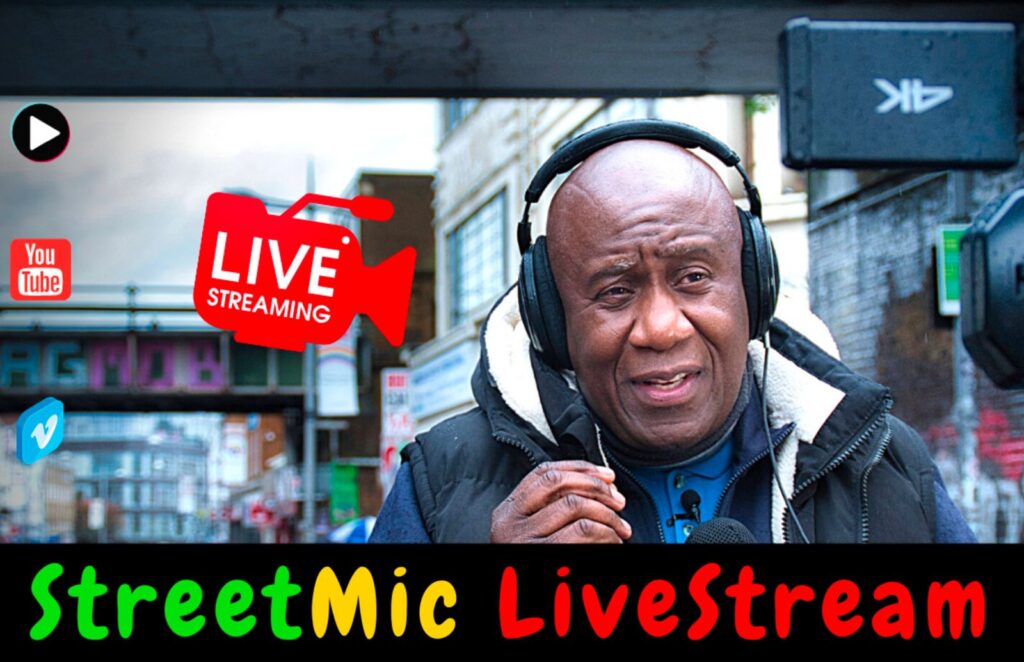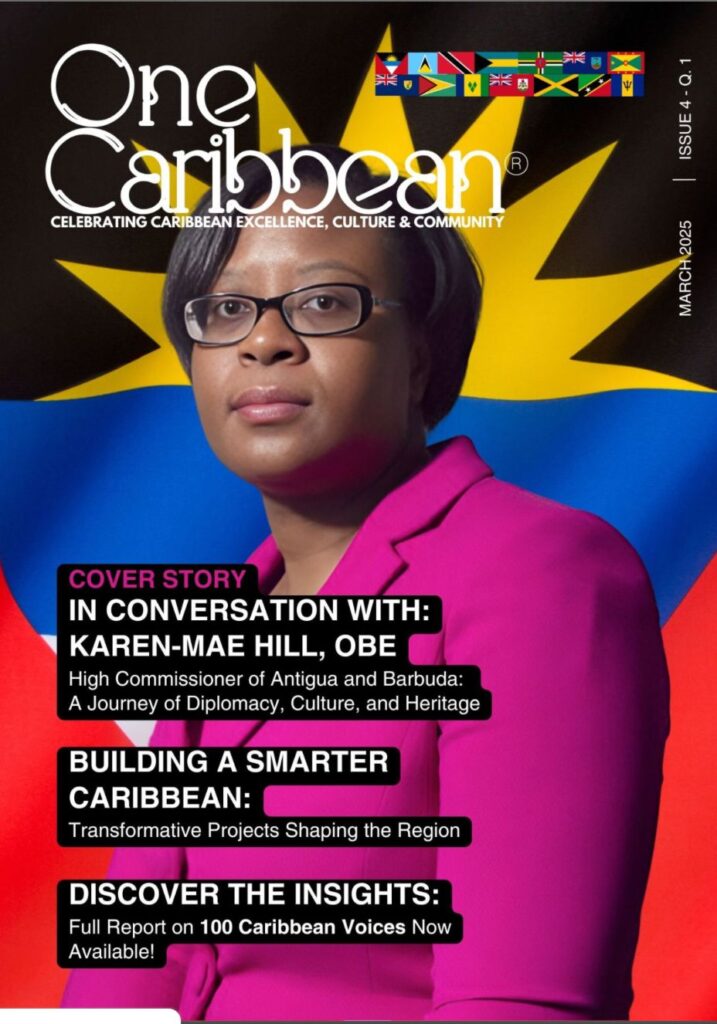HEALTH
Sickle Cell Survivor Defies Odds: Years After Gene Editing, No Symptoms Remain
“Sickle Cell Survivor's Journey to a Symptom-Free Life Through Gene Editing”
Black Wall St. MediaContributor
Introduction:
Victoria Gray, a remarkable individual from Forest, Mississippi, stands as a beacon of hope for those affected by sickle cell disease.
After undergoing an experimental gene-editing treatment utilizing CRISPR technology nearly four years ago, Gray is now symptom-free, defying the notion that the disease is incurable.
Her incredible journey offers renewed optimism to the millions of families affected by sickle cell and highlights the potential of CRISPR as a groundbreaking medical advancement.
Recently sharing her experience at the Third International Summit on Human Genome Editing in London, Gray’s story is one of triumph and resilience.
Challenging Sickle Cell Disease:
Sickle cell disease, affecting 1 in 13 Black Americans annually, is a genetic disorder characterized by the deformation of blood cells into sickle-shaped structures.
These abnormal cells obstruct the flow of oxygen, leading to excruciating pain and unpredictable bouts of fatigue for patients of all ages.
Historically, the medical community has struggled to find effective treatments, with options limited to blood transfusions or risky bone marrow transplants.
However, the advent of CRISPR technology has brought a ray of hope to individuals like Victoria Gray.
The Promise of CRISPR:
CRISPR is a revolutionary gene-editing treatment that involves a one-time alteration of DNA in blood cells, reprogramming the body to stop producing the sickle-shaped cells that cause debilitating symptoms.
By reintroducing modified stem cells back into the body, CRISPR enables the production of healthy blood cells, similar to those generated during fetal development.
This innovative approach has the potential to transform the lives of sickle cell patients by providing a long-lasting cure.
Contemplating the Future:
While the advent of CRISPR brings renewed hope, not everyone within the sickle cell community shares the same level of enthusiasm for this experimental treatment.
Concerns have been raised regarding the long-term effects on a person’s genetic lineage and whether their DNA will remain unchanged for future generations.
Velvet Brown-Watts, Executive Director of Supporters of Families with Sickle Cell Disease, acknowledges these concerns but remains optimistic, acknowledging the significant progress made in sickle cell treatments over the past decade.
A Miracle Story:
Victoria Gray, a devoted wife, mother of four, and Walmart cashier, became a pioneer in the field of sickle cell treatment when she received the CRISPR gene-editing therapy on July 2, 2019.
Since then, she has not experienced a single debilitating symptom, marking an extraordinary achievement in the medical world.
As a disease that disproportionately affects individuals of African descent, Gray’s successful treatment brings hope and inspiration to the community.
Gray’s personal journey serves as a testament to the power of prayer and scientific advancement. In her emotional account, she highlighted the pain and despair she endured before finding hope through CRISPR.
Today, she stands before audiences, including scientists, doctors, and bioethicists, sharing her story as proof that miracles can happen and that the realms of faith and science can coexist.
Conclusion:
Victoria Gray’s transformative experience with the CRISPR gene-editing treatment offers a glimmer of hope to the millions impacted by sickle cell disease.
Her triumph over the debilitating symptoms of the condition showcases the potential of CRISPR technology as a revolutionary medical intervention.
As research and advancements continue, the future holds promise for improved treatments and outcomes for individuals living with sickle cell disease.
Gray’s journey stands as a remarkable example of the resilience of the human spirit and the possibilities that emerge when science and faith intertwine.
Source >>>
Black Wall St. MediaContributor
























